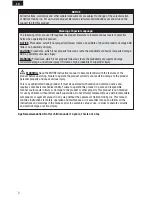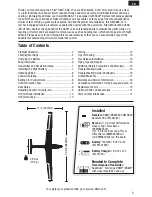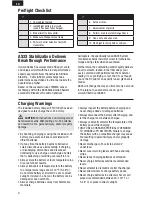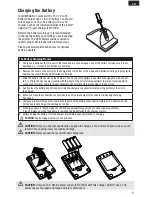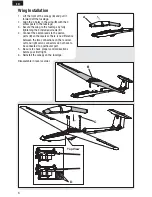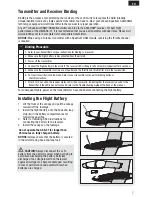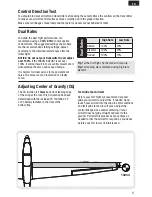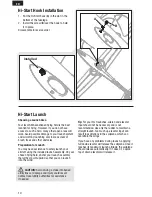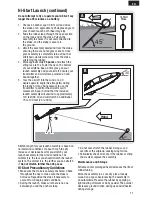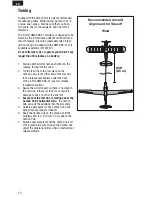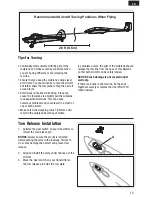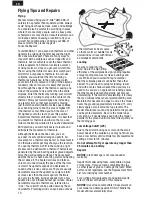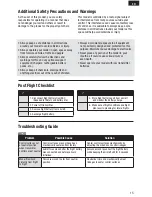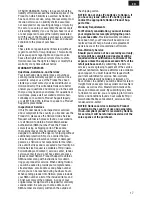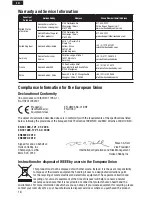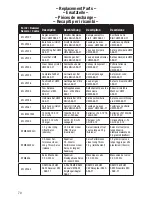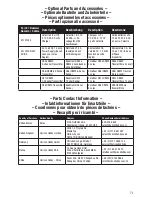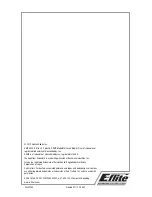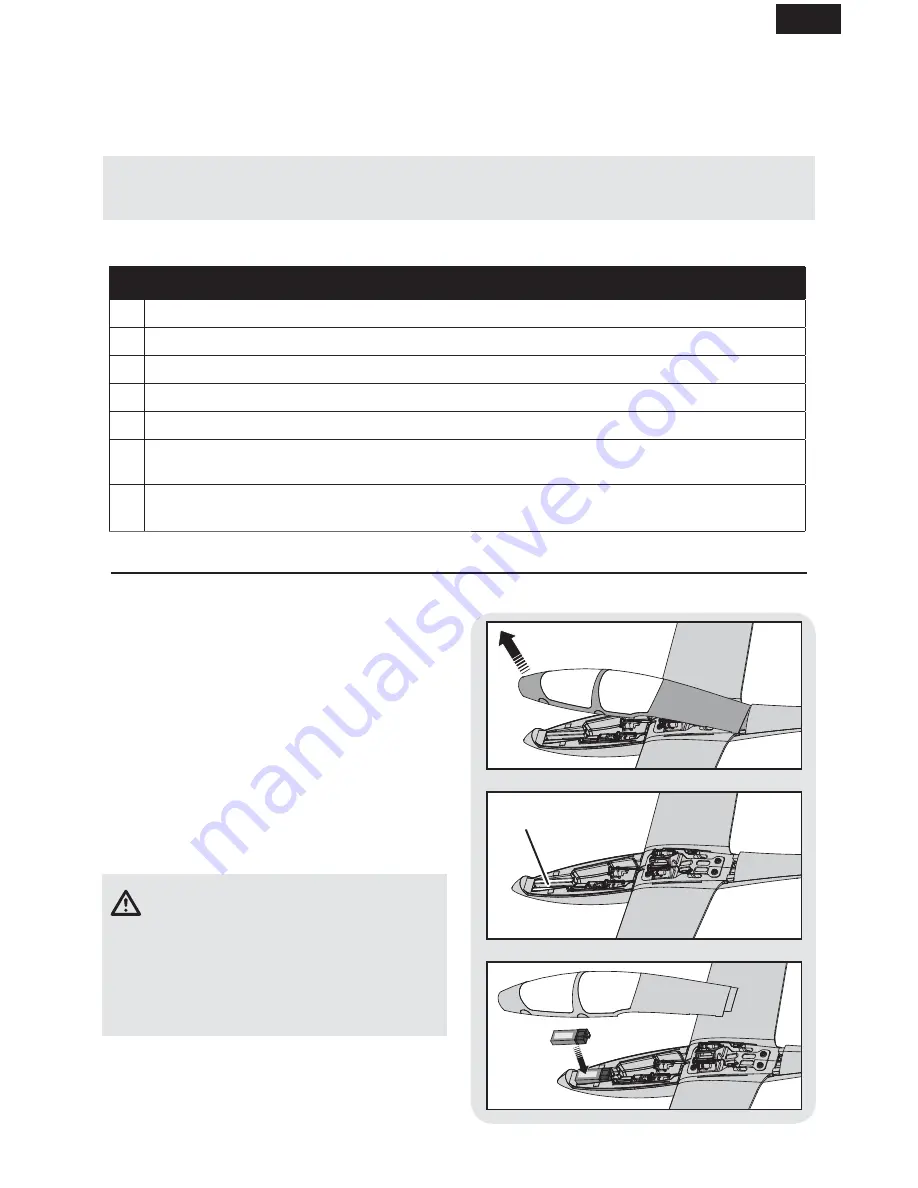
7
EN
Transmitter and Receiver Binding
Binding is the process of programming the receiver of the control unit to recognize the GUID (Globally
Unique Identifi er) code of a single specifi c transmitter. You need to ‘bind’ your chosen Spektrum
DSM2/DSMX
technology equipped aircraft transmitter to the receiver for proper operation.
Any JR
®
or Spektrum DSM2/DSMX transmitter can bind to the AS3X
DSM
®
receiver. For best fl ight
performance of the UMX
ASK-21, it is recommended that you use a transmitter with dual rates. Please visit
www.bindnfl y.com for a complete list of compatible transmitters.
NOTICE:
When using a Futaba
®
transmitter with a Spektrum DSM module, reversing the throttle channel
is required.
Binding Procedure
1. Refer to your transmitter’s unique instructions for binding to a receiver.
2. Make sure the fl ight battery is disconnected from the aircraft.
3. Power off the transmitter.
4. Connect the fl ight battery in the aircraft. The receiver LED will begin to fl ash rapidly (typically after 5 seconds).
5. Make sure the transmitter controls are at neutral and the throttle and throttle trim are in the low position.
6. Put your transmitter into bind mode. Refer to your transmitter’s manual for binding button or
switch instructions.
7. After 5 to 10 seconds, the receiver status LED will become solid, indicating that the receiver is bound to the
transmitter. If the LED does not turn solid, refer to the Troubleshooting Guide at the back of the manual.
For subsequent fl ights, power on the transmitter for 5 seconds before connecting the fl ight battery.
Installing the Flight Battery
1. Lift the front of the canopy and pull the canopy
forward off the fuselage.
2. Install the flight battery onto the hook and loop
strip (
A
) in the battery compartment as far
forward as possible.
3. Refer to Initializing AS3X instructions for
connecting the battery to the receiver.
4. Install the canopy on the fuselage
Do not operate the ASK-21 for longer than
25 minutes on fully charged battery.
NOTICE:
Always ensure that the battery is secured
in the aircraft using hook and loop tape.
CAUTION:
Always disconnect the Li-Po
battery from the aircraft receiver when not fl ying to
avoid over-discharging the battery. Batteries
discharged to a voltage lower than the lowest
approved voltage may become damaged, resulting
in loss of performance and potential fi re when
batteries are charged.
A


